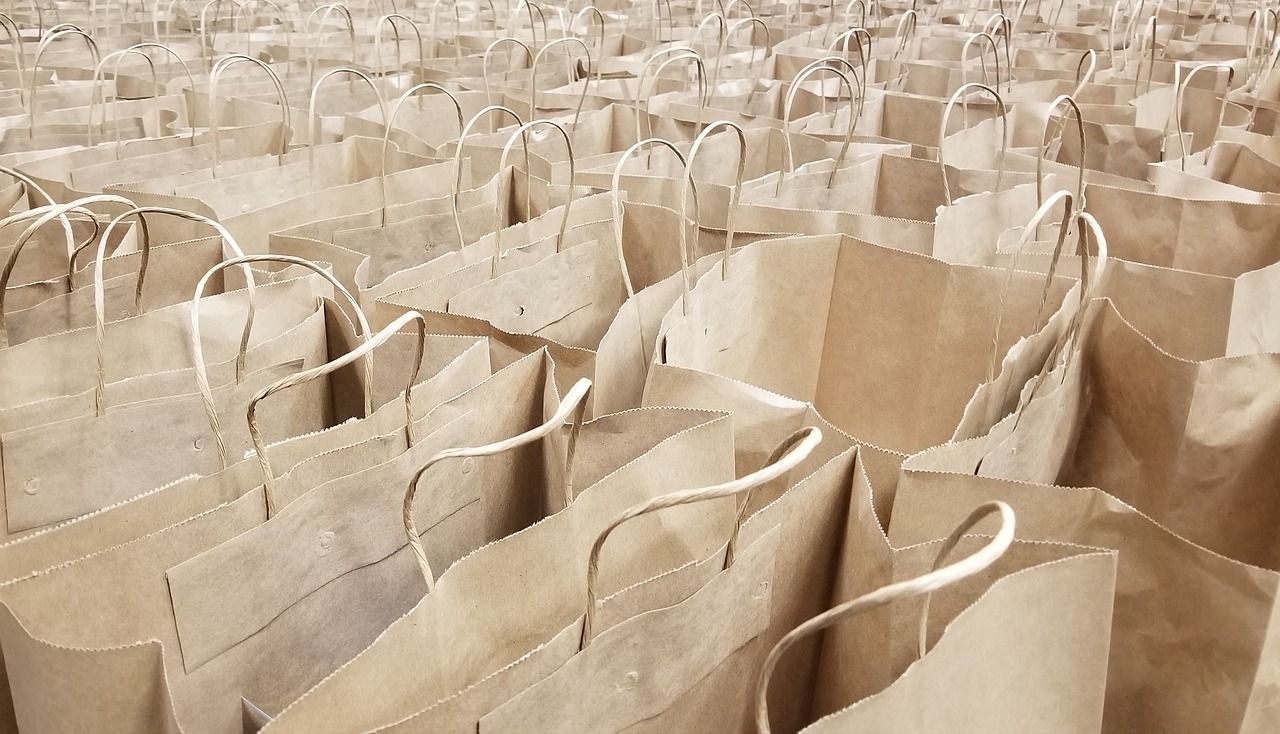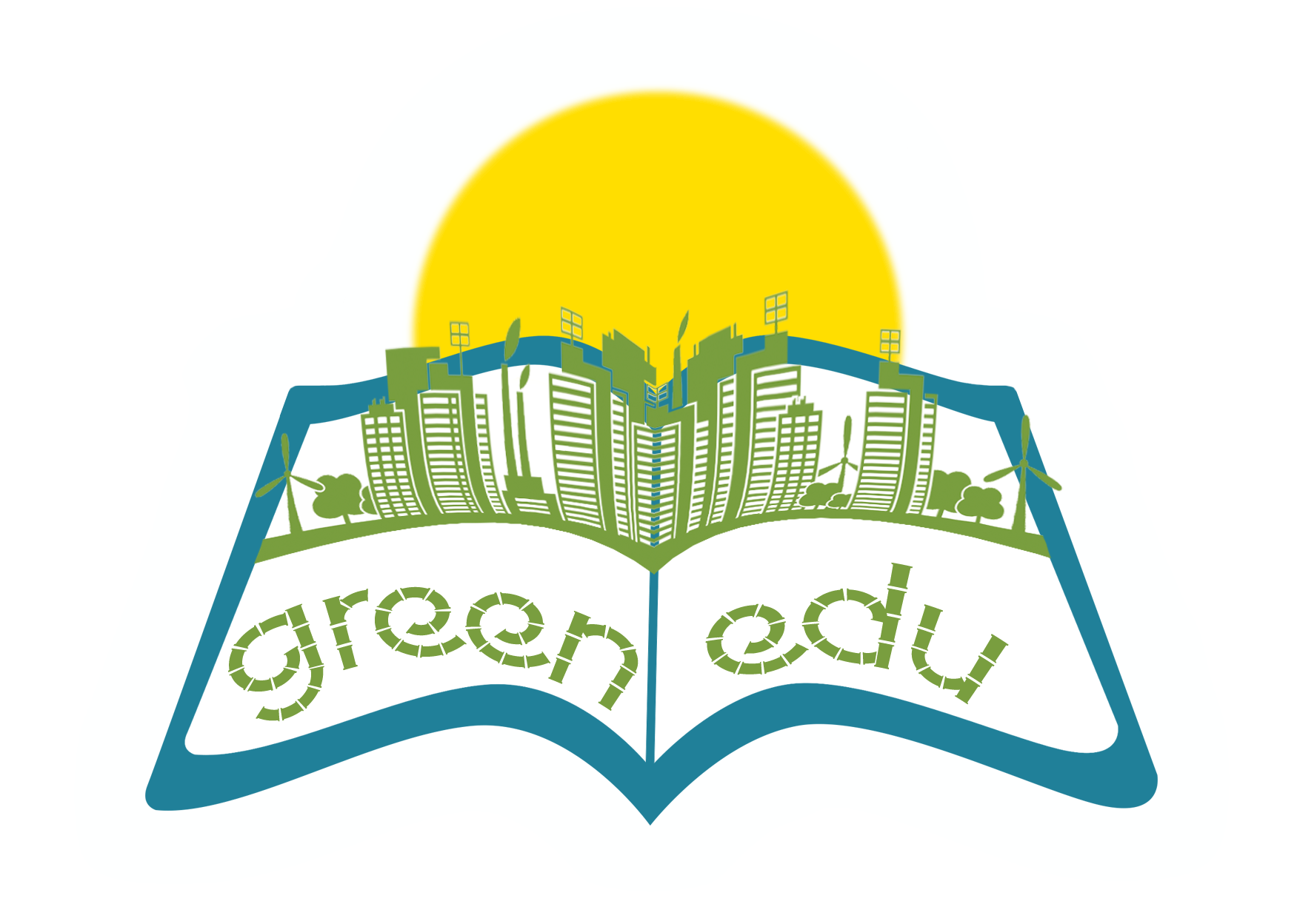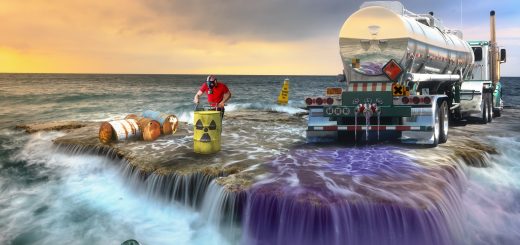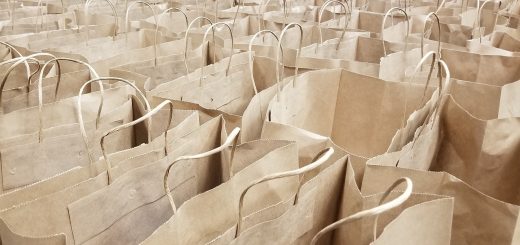Plastic vs Paper Bag

Author(s): Anatolia College
Lesson plan summary
A series of experiments comparing plastic and paper bags to complement the theory regarding pros and cons of their use. Introduction of reuse and biodegradable plastic bags.
| Subject | Green Chemistry |
| Topic | Reuse |
| Age of students | 6-12 |
| Preparation time | 30 Minutes |
| Teaching time | 1.5 h |
| Online teaching material (links for online material) | https://www.conserve-energy-future.com/reduce-reuse-recycle.php https://www.sustainablesanantonio.com/practices-technology/reduce-reuse-recycle/ https://perfectpackaging.org/environmental-impact-of-plastic-vs-paper/ http://www.allaboutbags.ca/papervplasticstudies.html |
| Offline teaching material | https://www.beyondbenign.org/bbdocs/pdfs/Lactic_Acid_Titration_Extension.pdf “12 Principles of Green Chemistry” from Figure 4.1: (p.30). 12 Principles of Green Chemistry from Green Chemistry: Theory and Practice (1998) by Anastas P and Warner J. By Permission of Oxford University Press. Mori, Mitja & Drobnič, Boštjan & Gantar, Gašper & Sekavčnik, M.. (2013). LIFE CYCLE ASSESSMENT OF SUPERMARKET CARRIER BAGS AND OPPORTUNITY OF BIOPLASTICS. https://plastics.americanchemistry.com/Life-Cycle-Assessment-for-Three-Types-of-Grocery-Bags.pdf |
Aim of the lesson
Students are asked to determine which kind of bags are most environmentally friendly, performing experiments as well as studying the theoretical principles to conclude, based upon scientific study. They also get to know biodegradable plastics and their applications. By the end of this lesson students will:
- Understand what green Chemistry is
- Understand today’s environmental challenges
- Learn about the 3Rs (reduce, reuse, recycle)
- Follow the scientific method
Activities
Environmental Challenges (15 min)
Start with an introductory video and a discussion about environmental challenges our world faces today (VIDEO)
Introduction to Green Chemistry (30 min)
- Start the lesson with introductory questions: What does a chemist do? What are some chemical products? What do you think about when you hear the words “Green Chemistry”? What is environmental science?
- Students can watch the introductory video … ( MAKE VIDEO )
- Students will be introduced to the 12 Principles of Green Chemistry.
Activity: Think about what Green Chemistry means to you.
Present the 12 principles in your own words.
Students will be divided in groups. Each group will be assigned with a green Chemistry principle and will be asked to present it with a skit, a drawing or even a song to their classmates.
The 3 Rs – Reduce –Reuse Recycle (45 min)
Students are introduced to the 3Rs. They are asked to make a poster presenting the 3Rs
Biodegradable plastics (90 min)
Students are introduced to biodegradable plastics. ( MAKE ppt ) They are shown different plastic packaging and are asked to determine which ones are made of biodegradable plastics.
Life cycle experiment. Which kind of bag is more environmentally friendly? (135 min)
Many believe that paper bags are more environmentally friendly than plastic bags because they are made from a renewable resource, can biodegrade, and are recyclable. Scientific research – Life Cycle Assessments – prove that the opposite is true. Plastic shopping bags outperform paper bags environmentally – on manufacturing, on reuse, and on solid waste volume generation.
In January 2018, the European Commission adopted the European Strategy for Plastics in a Circular Economy, proposing a vision in which alternative materials and feedstocks are developed and used where evidence clearly shows that they are more sustainable compared to the non-renewable alternatives.
Students will become scientists appointed by the EU to investigate if paper bags are better to use than plastic bags.
- Identify the stages in the life cycle of paper and plastic bags . Students will be divided into groups and asked to make a diagram defining all stages of LC of paper or plastic bags.
The LCA method assesses environmental life cycle impacts associated with all stages of the production chain of a product or service, from raw material extraction to use and disposal. Scientific evidence cards will be given to students. - Students will be asked to present their results ( MAKE CARDS)
Biodegrability experiment
In this activity, students set up an experiment to determine the biodegradability of different substances.
By the end of this activity, students should be able to understand that only some materials are biodegradable to explain what might affect how quickly a substance in nature degrades and to make predictions about the biodegradability of materials.
Activity adapted from https://www.sciencelearn.org.nz/resources/1549-biodegradability-experiment
Divide students into groups and give them a set of different materials
Find a place in the school yard that the students can dig small holes to put their samples under the soil.
After 14 days, return to the site and carefully dig up the samples.
Place a 100 x 100 mm clear plastic acetate grid over each sample. Use a whiteboard pen to mark each square on the grid where the material is changing or breaking down. Count the squares marked and record the number for each material in a table. Collate the data from the groups and create a graph. Materials that can be used: paper bag, plastic bag, paper, plastic cup/plate, plastic bottle, can, cotton or nylon sock.
Imagining the future: Design the future bag (45 min)
Students are asked to imagine the future plastic use and the future of bags, using the Green chemistry principles





